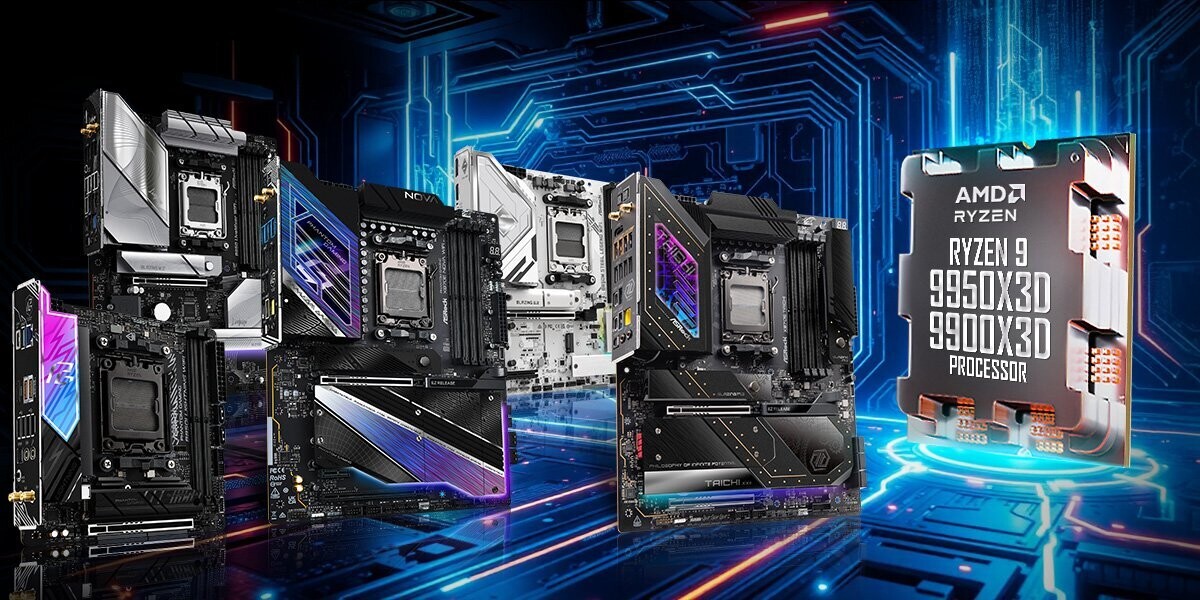Corsair DDR5-6400 Memory Coming This Year!

DDR4 has been with us for a good few years now, and it’s fair to say it’s been a good run. However, DDR5 is now firmly on the horizon, and brands are pushing to get your attention before the launch of next-generation motherboards and CPUs that will support the new platform. The latest CORSAIR blog post has been teasing the company’s upcoming DDR5 hardware, and of course, we’re very excited to see what it can do!
Firstly, we know that DDR5 is going to offer much faster speeds. Corsair looks to be claiming they’ll have a tasty 6400 MHz kit in their lineup, which should translate to roughly double the bandwidth of current DDR4 kits, taking them from around 26GB/s to over 50GB/s.

Another big improvement will be the capacity of each module. Corsair points out that while DDR4 was limited to 32GB per DIMM, they plan to quadruple this for 128GB DDR5 DIMMs. So just think, 512GB of RAM and only requiring four DIMM slots to do it!

Of course, other improvements to heat output and efficiency can be expected. The JEDEC standard says that DDR5 should run from just 1.1v; that should mean cooler modules in the long run. But, of course, we expect most brands to overclock their modules too, so not all will be that low.
Just remember, you’ll need Intel’s Alder Lake-S CPUs and motherboards for DDR5. Of course, we expect AMD will counter with compatible hardware at some point too, so stay tuned.
Corsair Blog
FURTHER REFINEMENTS
With DDR5, individual modules are split into two separate channels by design, allowing for shorter traces that contribute to less latency and higher speeds when it comes to communicating with individual memory ICs on a memory module. This also allows for what’s referred to as command/address mirroring since the signal from the CPU has to travel a shorter overall path to access specific banks of memory whereas in DDR4 a command/address signal had to travel through all banks of memory in a longer chain.On DDR4, when a single bank of memory needed to be refreshed, the CPU had to wait for all banks of memory on a module to refresh before doing another read or write. With DDR5, we’ve got double the bank groups and when a bank needs to be refreshed only the same bank of each group is refreshed, allowing for the other memory bank groups to be accessed without the CPU having to wait.
Overall single access latency with DDR5 is relatively unchanged, while CAS Latency has increased, the overall latency of a top-tier DDR5 kit will be similar to previous generations of DRAM clocking in at 14-15ns thanks to the improvements we previously mentioned.
ON-DIE ECC
Reliability goes down as process technologies shrink, resulting in higher latency and looser timings overall at higher speeds. DDR5 features on-die ECC as part of its spec, helping to reduce errors and allow for memory ICs to operate at higher frequencies. To be clear, this doesn’t mean that mainstream DDR5 is using a full-fledged ECC implementation, there’ll still be unregistered modules for typical consumer applications and ECC modules for enterprise/research applications.
DDR5 Vs DDR4













